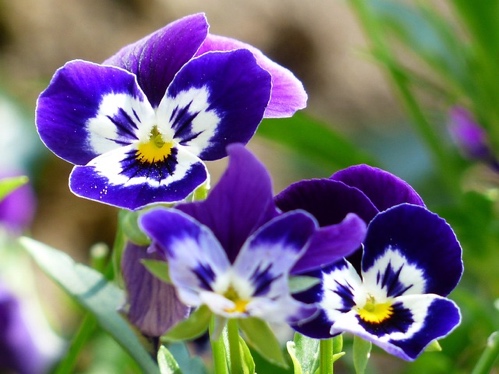Winterizing Your Houseplants Keeps Them Healthy and Thriving: 7 Proven Tips

Trees and shrubs aren’t the only plants you need to protect in winter. You also need to protect your houseplants. While houseplants aren’t subject to the same harsh elements your trees and shrubs are, the winter still impacts them. Even your year-round houseplants will feel winter’s bite. So, you’ll need to treat these plants differently during winter than at other times.
But first, do some research on your plants.
Find out their winter needs. Some species will require more specialized care than others during winter. Knowing your plants’ special needs enables you to provide the care they need to survive the cold. In general, try to imitate the winter conditions of the plants’ native areas. Mimicking their native habitats boosts their chances of surviving dramatically.
Simple Steps to Help Your Plants Survive the Winter
Plants get less sunlight in winter than in the other seasons. Less sunlight triggers a plant’s natural dormancy, so it uses less water and grows less. This process can stress plants. Taking the simple steps listed below will keep your greenery healthy in winter:
- Adjust your watering schedule. Water your plants deeply, but only when the top inch of soil is dry.
- Move your plants to a brighter spot. Move your plants to a south- or west-facing window where they’ll get direct sunlight for at least 6 hours daily. Use a grow light if necessary.
- Increase the humidity. The air in our homes is often drier in the winter than at other times, which can stress plants. So, group your plants together to increase the humidity around them. You can also use a humidifier.
- Avoid drafts and cold air. If possible, keep your plants away from cold drafts, radiators, and air vents. Sudden temperature changes can shock plants, causing them to drop leaves.
- Fertilize less often. Many houseplants don’t need to be fertilized in the winter. If you decide to fertilize your houseplants, use a half-strength solution monthly.
- Look out for pests and diseases. They’re more common in the winter when plants are stressed than at other times. Inspect your plants regularly for signs of pests or diseases. Treat them immediately if necessary.
- Be patient with your plants. Houseplants will lose some leaves in the winter. Don’t be alarmed if your plants look less lush in winter.
Following these tips can help your plants survive even an extreme winter. With extra care and attention, they’ll emerge from winter ready for spring.
Plants that Thrive in Winter
Plants aren’t all the same, however. Some do better in winter than others. So, another consideration is having houseplants that thrive in this season. Below are several plants that can add interest and color to your garden or home during a cold, snowy New England winter.
- Winter aconite: This yellow flower blooms in late winter or early spring. It will even bloom through snow. It’s a low-growing, easy-to-care-for perennial.
- Snowdrops: These delicate white flowers bloom in late winter or early spring. They’re a good option for naturalizing in woodlands or meadows.
- Snowdrops flower
- Pansies: A versatile annual plant that can be grown in pots, borders, or hanging baskets, pansies bloom in various colors including white, purple, yellow, and orange.
- Violas: Violas are similar to pansies but smaller and have more delicate flowers. They bloom into early spring.

Violas in bloom
- Cyclamen: A popular winter pot plant, cyclamen produces heart-shaped leaves and delicate flowers in shades of white, pink, purple, and red.
- Witch hazel: Witch hazel is a large shrub that blooms in late winter or early spring, producing clusters of fragrant, yellow flowers.
- Hellebore: Hellebore, also known as Christmas rose or Lenten rose, is a perennial that blooms in midwinter. It produces cup-shaped flowers in shades of white, pink, and purple.
New England winters can be tough on greenery. It’s a time when plants go dormant. That can stress a plant. But taking the simple steps described above gives your houseplants a good chance to survive the winter. Choosing a houseplant that’s native to the area in winter is another option that many people take.
For more information on steps you can take to keep your houseplants surviving and thriving in winter, contact RITree.